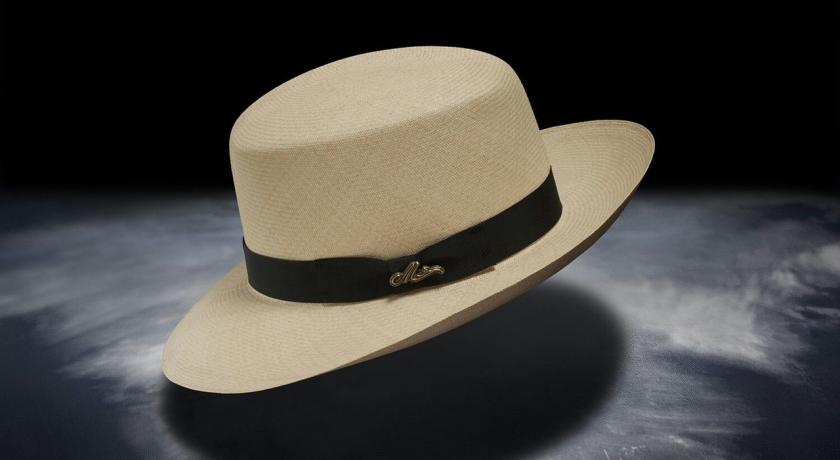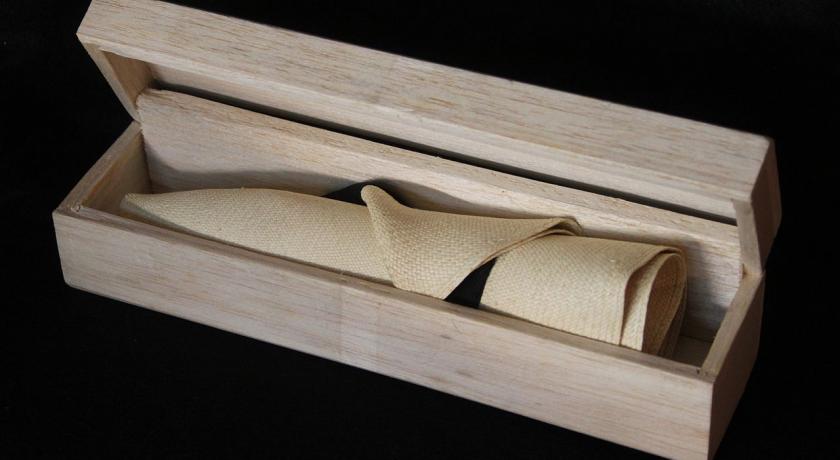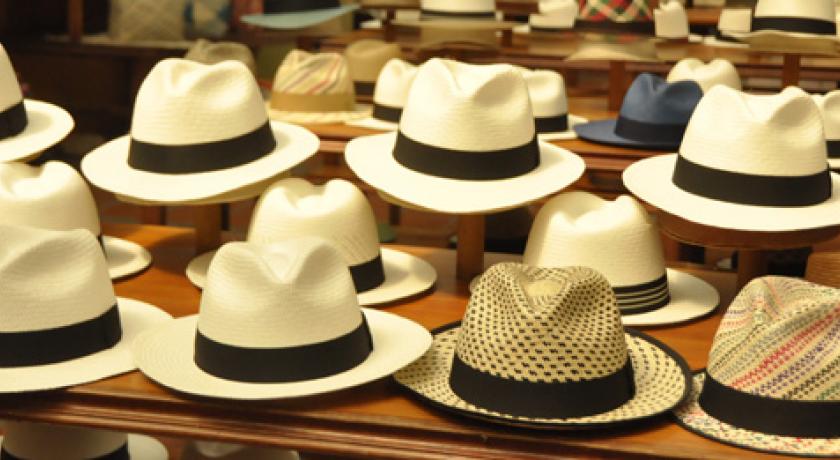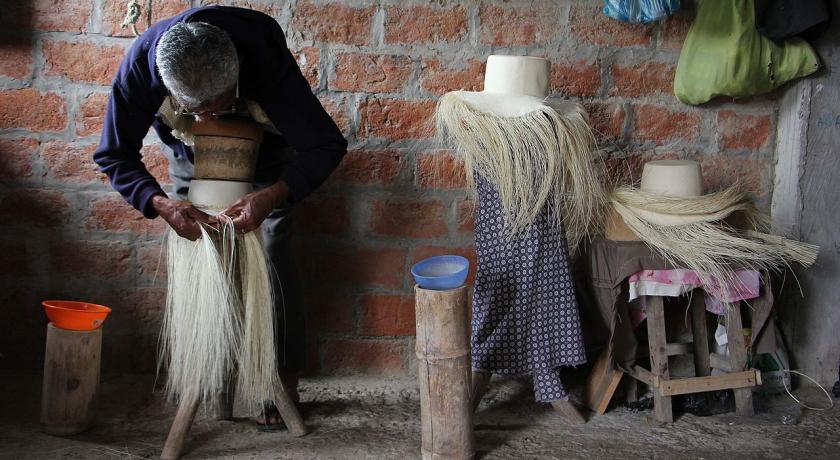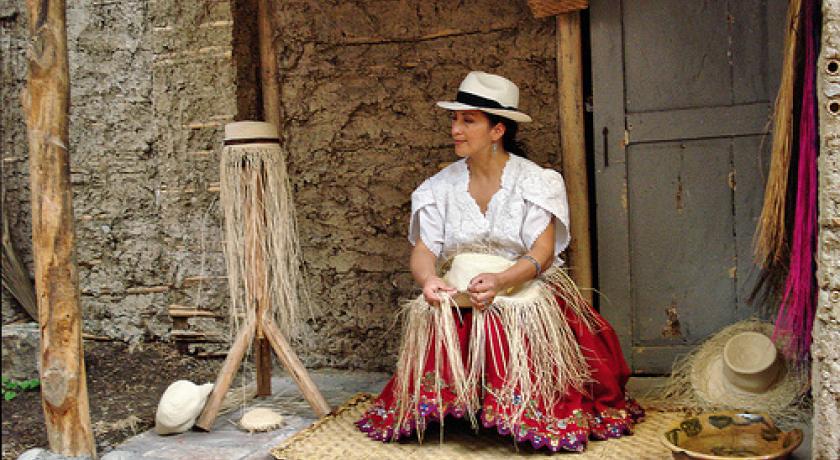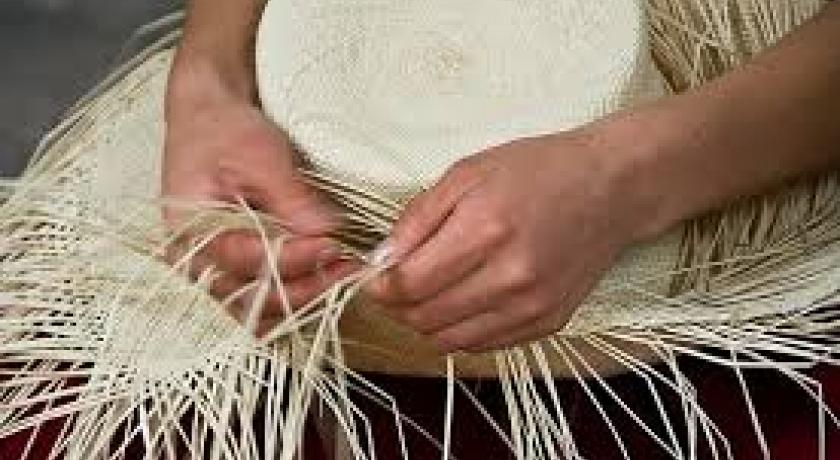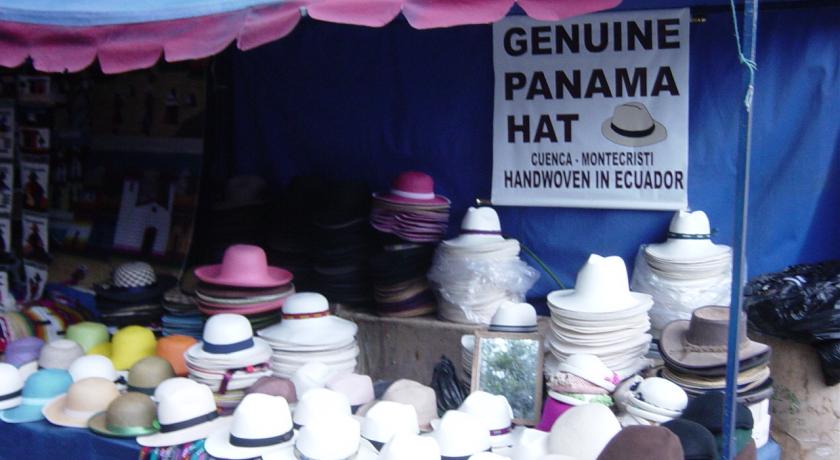Description
A Panama hat (toquilla straw hat) is a traditional brimmed straw hat of Ecuadorian origin. Traditionally, hats were made from the plaited leaves of the Carludovica palmata plant, known locally as the toquilla palm or jipijapa palm, although it is a palm-like plant rather than a true palm.
Panama hats are light-colored, lightweight, and breathable, and often worn as accessories to summer-weight suits, such as those made of linen or silk. Beginning around the turn of the 20th century, panamas began to be associated with the seaside and tropical locales.
Despite their name, Panama hats have never been made in Panama. The art of weaving the traditional Ecuadorian toquilla hat was added to the UNESCO Intangible Cultural Heritage Lists on 6 December 2012. Panama hat is an Intangible Cultural Heritage, a term used to define practices, traditions, knowledge, and skills communities pass down from generation to generation as part of their cultural heritage.
History
Beginning in the early to mid-1600s, hat weaving evolved as a cottage industry along the Ecuadorian coast as well as in small towns throughout the Andean mountain range. Hat weaving and wearing grew steadily in Ecuador through the 17th and 18th centuries.
In 1835, Manuel Alfaro, a man who in many ways can be considered the grandfather of the Panama hat arrived in Montecristi to make his name and fortune in Panama hats. He set up a Panama hat business with his main objective being exportation. Cargo ships from Guayaquil and Manta were filled with his merchandise and headed to the Gulf of Panama. His business prospered as more and more Gold Rush prospectors arrived and passed through Panama needing a hat for the sun.
One of the first towns to start weaving the hats in the Andes is Principal, part of the Chordeleg Canton in the Azuay province. Straw hats woven in Ecuador, like many other 19th and early 20th century South American goods, were shipped first to the Isthmus of Panama before sailing for their destinations in Asia, the rest of the Americas and Europe, subsequently acquiring a name that reflected their point of international sale — "panama hats" — rather than their place of domestic origin.
The term was being used by at least 1834. Theodore Roosevelt visiting the Panama Canal construction site in 1904, pictured wearing a Panama hatThe popularity of the hats increased in the mid-19th century when many miners of the California Gold Rush traveled to California via the Isthmus of Panama and Pacific Mail Steamship Company. In 1904, U.S. President Theodore Roosevelt visited the construction site of the Panama Canal and was photographed wearing a Panama hat, which further increased the hats' popularity. Although the Panama hat continues to provide a livelihood for thousands of Ecuadorians, fewer than a dozen weavers capable of making the finest "Montecristi superfinos" remain. Production in Ecuador is dwindling, due to economic problems in Ecuador and competition from Chinese hat producers.
Tamsui hat
The tamsui hat was a straw hat made in Formosa (now Taiwan) to directly compete with the Panama in the early 20th century. Tamsui hats were made from Pandanus odorattssimus fibre, which grew plentifully on the island. As they retained their whiteness, were washable, and could be folded and carried about without damage, Tamsui hats replaced the rather costlier Panama in East Asia in the early 20th century.
Quality
The two main processes in the creation of a Panama hat are weaving and blocking. The two most common types of weaves are the Cuenca and Brisa. The Cuenca weave has the appearance of a herringbone pattern and utilizes slightly more straw than the Brisa weave. The Brisa weave has the appearance of small diamonds/squares. This type of weave is less intricate but perceived as finer than the Cuenca weave by some as it is lighter. Other types of weaves include the Crochet, Fancy, Torcido, and New Order.
The quality of a Panama hat is defined by the tightness of the weave. Historically, to measure the tightness of the weave, a simple square tool that looks like a frame for a one-inch picture was used. The aperture of this frame was 25mm, or about 1 inch. The regulator would set this frame one inch from the edge of the hat's brim edge, and then count the peaks of the cross weaves, called carerra, moving in a parallel direction. The tighter the weave, the more carerras were counted. That number would be multiplied by two and reconciled against a grading chart. A highly refined grade 20 would consist of 16 carerras.
The best quality hats are known as Montecristis, after the town of Montecristi, where they are produced. The rarest and most expensive Panama hats are hand-woven with up to 3000 weaves per square inch. In February 2014, Simon Espinal, an Ecuadorian 47-year-old Panama hat weaver considered to be among the best at his craft, set a world record by creating a Panama hat with four thousand weaves per inch that took eight months to handcraft from beginning to end.
According to popular lore, a "superfino" Panama hat can hold water, and, when rolled up, pass through a wedding ring.
Source: https://en.wikipedia.org/wiki/Panama_hat
Address
Cuenca
Ecuador
Lat: -1.831238985 - Lng: -78.183403015


